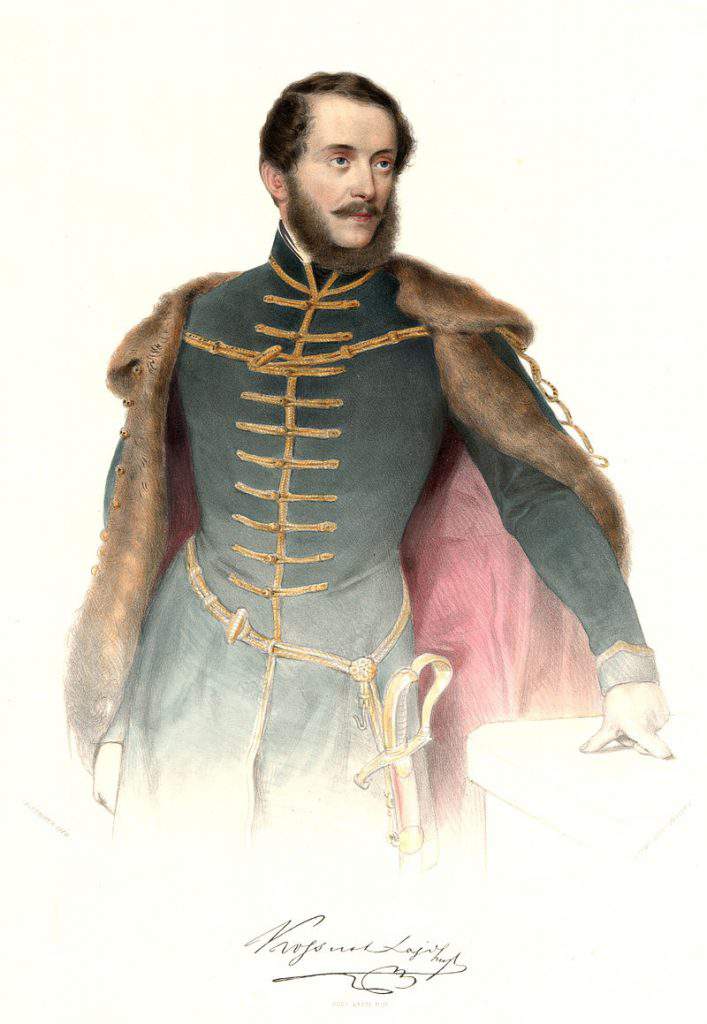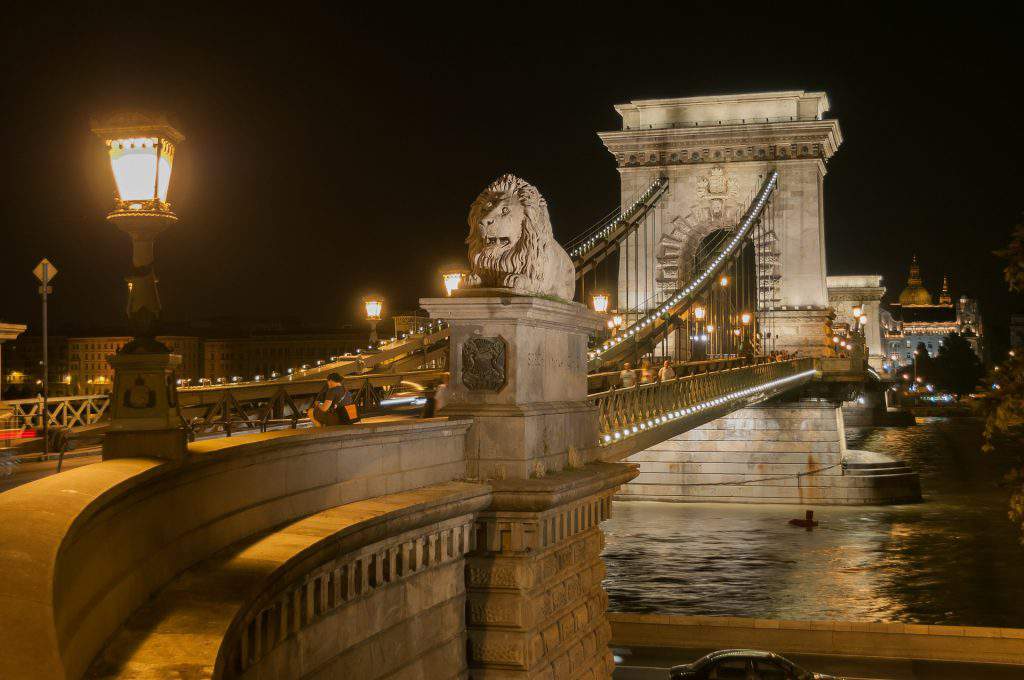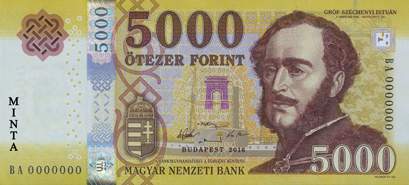The greatest Hungarians – myth, literature, history; part 4
Our candidates for today’s article are those Hungarians, who helped to develop our country, either by establishing institutions or by leading and thinking. The names on this list will probably fill the hearts of all Hungarians with pride. We chose to highlight three characters today as they were great influencers on the development of our country and shaped Hungary in a positive way.
If you are interested and would like to read the previous articles of the ‘myth, literature, history’ series, you can read Part 1 , Part 2 and Part 3 by clicking on the links.

Ferenc Deák
Ferenc Deák de Kehida was born on the 17th October in 1803 and he passed away on the 28th January in 1876. He was a Hungarian politician, lawyer, statesman, member of parliament and the Minister of Justice of the first independent Hungarian government. He was a determining figure in both dualism and the reform age, he was also known by many as “The Wise Man of the Nation”.
As a politician, he was the chief of the liberal opposition party. During the 1848-49 Revolution and War of Independence, he became the Minister of Justice of the Batthyányi-government. After the failure of the Revolution, he became the leading figure of the passive resistance. He played an important role in the conciliation with the Habsburgs; in 1866 he was the leader of the negotiating delegation which – apart from a few points – was able to reach a compromise with Austria.
His greatness is rooted in the fact, that he was the greatest supporter of the process which cleared the path of communication and negotiation between the Habsburgs and Hungary. His activities not only strengthened the existence of the nation and its constitution, but it made it possible for Hungary to further develop both in the financial and intellectual senses. He was also practised in other sciences along with politics. He, as a statesman, belongs to the greatest figures of Hungarian history. He is accounted for as one of Hungary’s most talented politicians, who created the legal boundaries of the transformation and development of Hungary.
Many of his sayings became famous, for example, the one which is engraved into the marble of the Deák-mausoleum in the Graveyard at Fiumei Street: “We can take every risk for our homeland, but we must not risk the homeland for anything.”
After the Conciliation, he earned such a huge political authority that he enjoyed an almost unconditional trust by the majority of the Parliament. The Corpus Juris Hungarici was a blank page for him, he could have written anything in it as he pleased. Deák has been elevated so high thanks to his preparedness, knowledge and moral honour.
His personality was complex and likeable. His writing was cloddish and dishevelled, but he made up for it with his good memory. He had a great humor and was able to make his audience laugh. Although he did not travel a lot as his contemporaries, he was not narrow-minded either; he knew about the world through his readings. He knew Latin and German as well. He stood out with his immense physical strength as well. During the trial of strength staged at the diet in Pozsony, only count Miklós Wesselényi was stronger than him.
According to Eötvös, during his stay in Budapest, Deák would give out five Forints every day to different beggars around the city and he used the omnibus to travel around, rather than the converntional coach.
He is featured on Hungary’s 20,000 Ft banknotes.


Lajos Kossuth
Lajos Kossuth was born on the 19th September in 1802 and passed away on the 20th March in 1894. Kossuth was a Hungarian nobleman, politician, statesman, Finance Minister of the Batthyányi Government, President of the National Defence Committee and Governor-President of the Kingdom of Hungary during the revolution of 1848–49. With his renowned talent of oratory in political debates and public speeches, Kossuth was able to emerge from a poor family to be one of Hungary’s greatest men.
Minister of Finance
The crisis came, and he was able to take advantage of the situation fully. On the 3rd March in 1848, shortly after the news of the revolution in Paris had arrived, in his speech of surpassing power he demanded parliamentary government for Hungary and constitutional government for the rest of Austria. The Viennese masses celebrated Kossuth as their hero, but the Revolution broke out in Buda on the 15th March. Kossuth immediately travelled home. On the 17th March in 1848, the Habsburg Emperor assented and with the leadership of Lajos Batthyány, the first independent Hungarian government. After the Batthyányi government was created, Kossuth became the Finance Minister:
He began to develop the internal resources of the country: re-establishing a separate Hungarian coinage. He was also concerned with utilizing everything to establish and raise national self-consciousness. Near the end of September, Kossith was appointed President of the National Defence Committee.

Russian intervention and failure
By April 1849, the Hungarian forces had successfully triumphed several times, Kossuth issued the celebrated Hungarian Declaration of Independence. This was clear evidence of his love for extreme and dramatic actions, but it raised the differences between Kossuth and those, who only wanted autonomy in the existing government system. The dethronement also made any compromise with the Habsburgs practically impossible.
At that time, the form of government was left undecided, and Kossuth was appointed regent-president. Kossuth had a key role in engaging the Hungarian army for weeks for with the siege and recapture of the Castle of Buda. Eventually, he and the Hungarian forces succeeded on the 4th May in 1849. However, the hopes of ultimate success soon started to fade away, as Russia intervened on the Habsburg side. On the 11th August, Kossuth resigned for the favour of Görgey. This was all in vain as Görgey capitulated to the Russians at Világos.
The Russian forces handed over the Hungarian army to the Habsburgs. Görgey was spared, but reprisals were taken on the rest of the Hungarian army. This has lead to the execution of the 13 Martyrs of Arad. Kossuth accused Görgey of the failure and humiliation of the army.
Minority rights
Despite appealing exclusively to Hungarian nobility in his speeches, Kossuth was an important character in the shaping of the law of minority rights in 1849.
The first of it’s kind in Europe, it recognized the rights of minorities. Minorities were able to use their own mother tongue at local administrations, tribunals, as well as in schools, in community life, and it made it even possible, to use their own language in the non-Hungarian councils of the National Guard.
His success transcended Hungary and also became famous and successful abroad:
To see some examples, check out our article about places in the U.S. named after Kossuth.
The powerful English speeches of Kossuth impressed and touched Daniel Webster the most famous contemporary American orator of Kossuth. Daniel even wrote a book about the life of one of Hungary’s greatest figures. Kossuth was widely honoured during his lifetime, even in Great Britain and in the U. S., as a freedom fighter and bellwether of democracy in Europe. A bronze bust of Kossuth can be found in the United States Capitol with the following inscription: Father of Hungarian Democracy, Hungarian Statesman, Freedom Fighter, 1848–1849.
Horace Greeley, America’s most influential journalist at that time, as well as the of Kossuth, said the following about him: “Among the orators, patriots, statesmen, exiles, he has, living or dead, no superior.”

István Széchenyi
Count István Széchenyi, born on the 21st of September in 1791 and supposedly committed suicide – but the circumstances are suspicious – in the morning on the 8th of April in 1860. He was a Hungarian politician, political theorist and writer. He is widely considered to be one of the greatest statesmen in Hungarian history. He was literally called the “Greatest Hungarian” by his contemporary and political opponent, Lajos Kossuth.
Political career
From September 1815 until 1821, Széchenyi travelled all around Europe, visited France, England, Italy, Greece and the Levant. During his adventures, he extensively studied the institutions of foreign countries. He was so impressed and fascinated by the rapid modernisation of Britain that it strongly influenced his views and thinking. He was also impressed by the Canal du Midi in France, this has lead him to invent ways to improve navigation on the lower Danube and the Tisza as well.
Széchenyi realised at an instant that there was a huge gap between the modern world and his homeland, Hungary. Therefore,
he became a determined reformer and promoter of development for the rest of his life.
Széchenyi found early political support from his friend, Baron Miklós Wesselényi, a noble from Transylvania; however, their relation later weakened.
The great reformer
Széchenyi gained a wider reputation in 1825, by supporting the proposal of the representative of Sopron county, Pál Nagy, to establish the Hungarian Academy of Sciences; Széchenyi donated the full annual income of his estates that year, 60,000 florins, towards it. His example brought donations of 58,000 florins from three other wealthy nobles, and they gained Royal approval for the Academy. With this effort, Széchenyi wanted to promote the use of the Hungarian language. This later proved to be an important milestone in his life and for the reform movement.

In 1827, he organized the, or National Casino, which became a forum for the patriotic Hungarian nobility.The Casino was not only a major development, but it served an even more important function in the reform movement by providing an institute for political dialogues.
In order to reach more people, Széchenyi decided to write and publish his ideas. His series of political writings, the ‘Hitel’ (Credit, 1830), the ‘Világ’, (World/Light, 1831), and the ‘Stádium’ (1833) were addressing the Hungarian nobility. Széchenyi’s view was to condemn their conservatism and to encourage the nobility to give up their feudal privileges, for example, the exemption from taxation and to take up the role of the driving force of development.

Széchenyi, among many things, established the Óbuda Shipyard in 1835 on the Hungarian Hajógyári Island. This institution became the first industrial-scale steamship building company in the Habsburg Empire.
The main difference between Széchenyi and his political opponent Kossuth was, that the former envisioned his program for Hungary as members of the Habsburg Monarchy. Széchenyi believed that Hungary needed to develop economically, socially and culturally before it can achieve its independence. He also opposed both undue radicalism and nationalism.
His activities were not only political, however. He also concentrated on the development of transportation and infrastructure, because was able to comprehend its importance for further development and communication. One major action connected to his name was the regulation of the lower Danube to improve navigation, in order to open it to commercial shipping and trade from Buda to the Black Sea. He became the leading figure of the Danube Navigation Committee by the early 1830s, which completed its work a decade later, in the 1840s. The river was not used by ships previously, because it was too dangerous for them and was also inefficient as an international trading route. Next time if you take a vacation on a boat travelling down the Danube, think about Hungary and its greatest figure, Count István Széchenyi. He was the first to promote steamboats on the Danube, the Tisza and on Lake Balaton.
There are a few more things connected to his name. He promoted horse racing in Hungary, not only that, but he imported silkworms to improve upon the quality of Hungary’s textile industry.

Széchenyi had the vision of Buda and Pest becoming the major political, economic and cultural centre of Hungary. He supported the construction of the first permanent bridge between the two cities, the Chain Bridge. Besides its improving transportation connections, the Chain Bridge was a symbolic structure, foreshadowing the later unification of the two cities as Budapest, connected across rather than divided by the river, which he suggested in his work, ‘Világ’ years before, although he wanted to name it ‘Honderű’.
There is an interesting story about the idea of the Chain Bridge. It is said, that Széchenyi became furious when he was unable to attend the funeral of his own father because he was unable to cross the Danube. This incident happened in the winter when the river was frozen enough that it rendered the boats used for crossing useless, but the ice was not yet thick enough to be able to cross the Danube on foot. So Széchenyi decided to support the building of the first bridge across the Danube.
You can read about the legend of the lions decorating the front pillars of the famous Chain Bridge by clicking HERE.
Just as Deák, Széchenyi is also featured on one of Hungary’s banknotes, in his case, on the one worth 5,000 Ft

Source: Daily News Hungary





